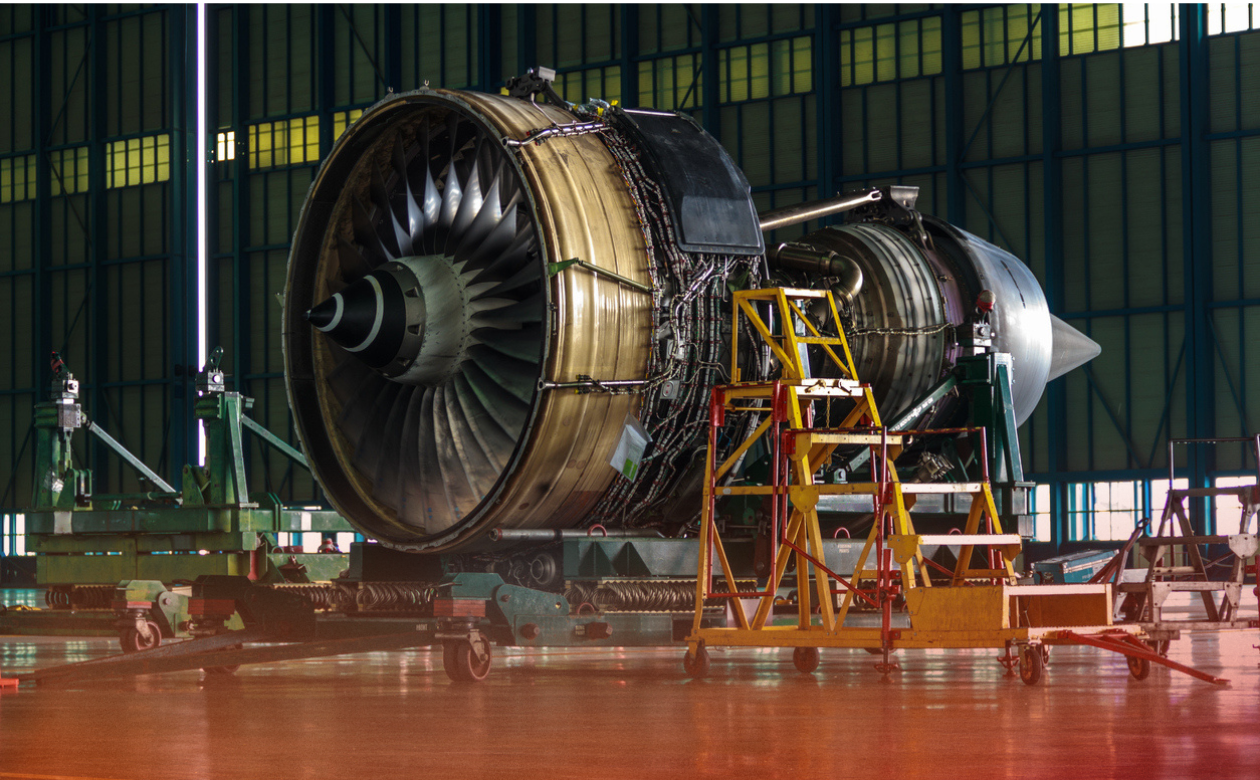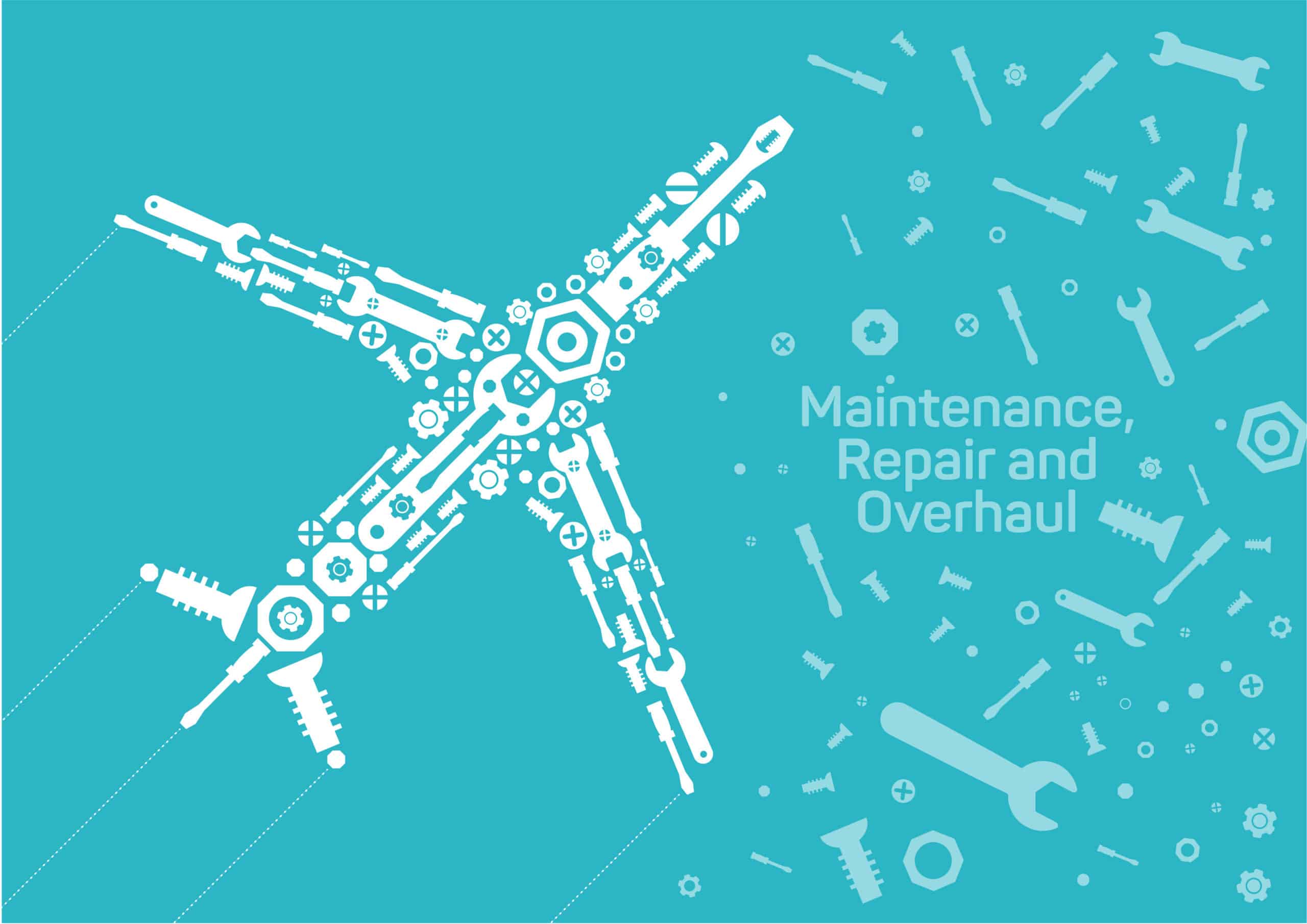The trend for Aviation MRO in 2017 is that it’s becoming an even more important part of civil aviation. According to statistics cited in Aviation Voice, global Maintenance, Repair, and Overhaul (MRO) spend is expected to increase by nearly 50 percent in the next decade, driven by increases in both passengers and the aircraft fleets that serve them. What’s driving this strong growth?
“The civil aviation industry is one of the most asset-intensive industries in the world. With parts that are high cost and low in numbers, even the slightest of improvements in asset functionality and maintenance can yield significant cost and efficiency advantages.”
Aviation Week comments that the aviation MRO market is undergoing “fundamental changes to its structure and technologies.” So, what are the trends most likely to impact the market in the coming year?
Aviation Voice cites three major trends for 2017:
- The Internet of Things (IoT) driving adoption of Aircraft Health Monitoring System (AHMS) health checks and condition-based maintenance. Expect to see a rise in the number of operators adopting AHMS, driven by affordable IoT-enabled sensors, powerful data processing systems, and machine learning—all enabling airlines to make processes smarter and maintenance leaner.
- Going beyond predictive maintenance per se to describing the solution: prescriptive maintenance. Prescriptive maintenance is the next step beyond simply predicting the status of an asset. While predictive analytics answer the “what will happen, when, and why,” prescriptive goes one step further, allowing operators to not only predict what will happen, but offer “what if” scenarios to show how each possible event will impact operations. Prescriptive maintenance will revolutionize aviation MRO. IDC predicts that 50 percent of all business analytics software will incorporate prescriptive capabilities by 2020.
- Resource shortages hindering growth in the Asia-Pacific region. The rapid expansion of this market has the potential to be hindered due to a lack of MRO capacity, lack of indigenous training capabilities, and lack of skilled workforce in the region. There are currently not enough fully qualified, trained, and certified maintenance personnel to meet the needs of the Asia-Pacific region.
Aviation Week expects more focus on predictive maintenance across the sector, and adds other trends it sees coming to the fore in 2017, including:
- Paperless MRO continuing to advance. More line and base maintenance operations are expected to become paperless to improve productivity and processes.
- Increasing use of new technologies. Among the primary movers: increased use of drones and robotics for inspections and use of 3D printing (i.e., additive manufacturing) to relieve inventory pressures.
- More focus on competency-based training. Expect more attention to competency-based training, given the number of technicians needed around the world, and the requirement to learn new technologies.
- Increasing collaboration. Analysts anticipate more joint ventures and partnerships to form between aftermarket service providers and among MROs and OEMs. New services and better visibility across suppliers and networks will increase efficiencies for parts purchasing and streamline inventories.
Aviation MRO Trends Result from Advances in Digital Technologies
All these trends including IoT, paperless work instructions, 3D printing, drones and robotics are the result of the advancement of digital technologies. As the pace of development of new technology applications continues to accelerate, manufacturers are forced to think how to best leverage these advances to remain competitive. The challenge now is to manage all the disparate digital data produced by these new technologies.
The same concepts applied to Smart Manufacturing and Industry 4.0 in manufacturing can also be applied to address the advancement of MRO. MRO operations need to leverage a Digital Thread to assure proper maintenance against as-planned and as-built data. By connecting all this data via a digital thread, manufacturers can close the loop among the different functions within their MRO businesses.
Read more about a closed loop Digital Thread by downloading our free eBook.







